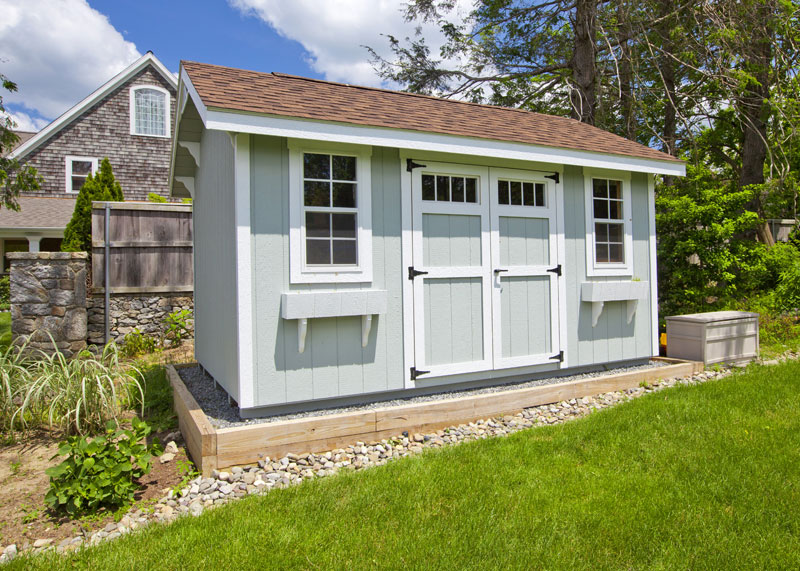
Exporting A PME Supply To Another Building
In this article the technical team at Stroma Certification offers expert guidance on exporting a PME supply to another building. One of the most common queries to the Stroma help desk concerns running
 professional-electrician.com
professional-electrician.com
In the 1st paragraph of the above article, it states "some Distribution Network Operators (DNOs) may forbid their PME earth being exported from the supplied building.".
I hear this repeated a lot, or "you must gain permission from DNO before exporting the earth". I don't believe it though, I can find no evidence of any DNO having a blanket ban on "exporting" the earth, or requiring permission.
Do any other forum members have any evidence to back up the claim made in the article?















